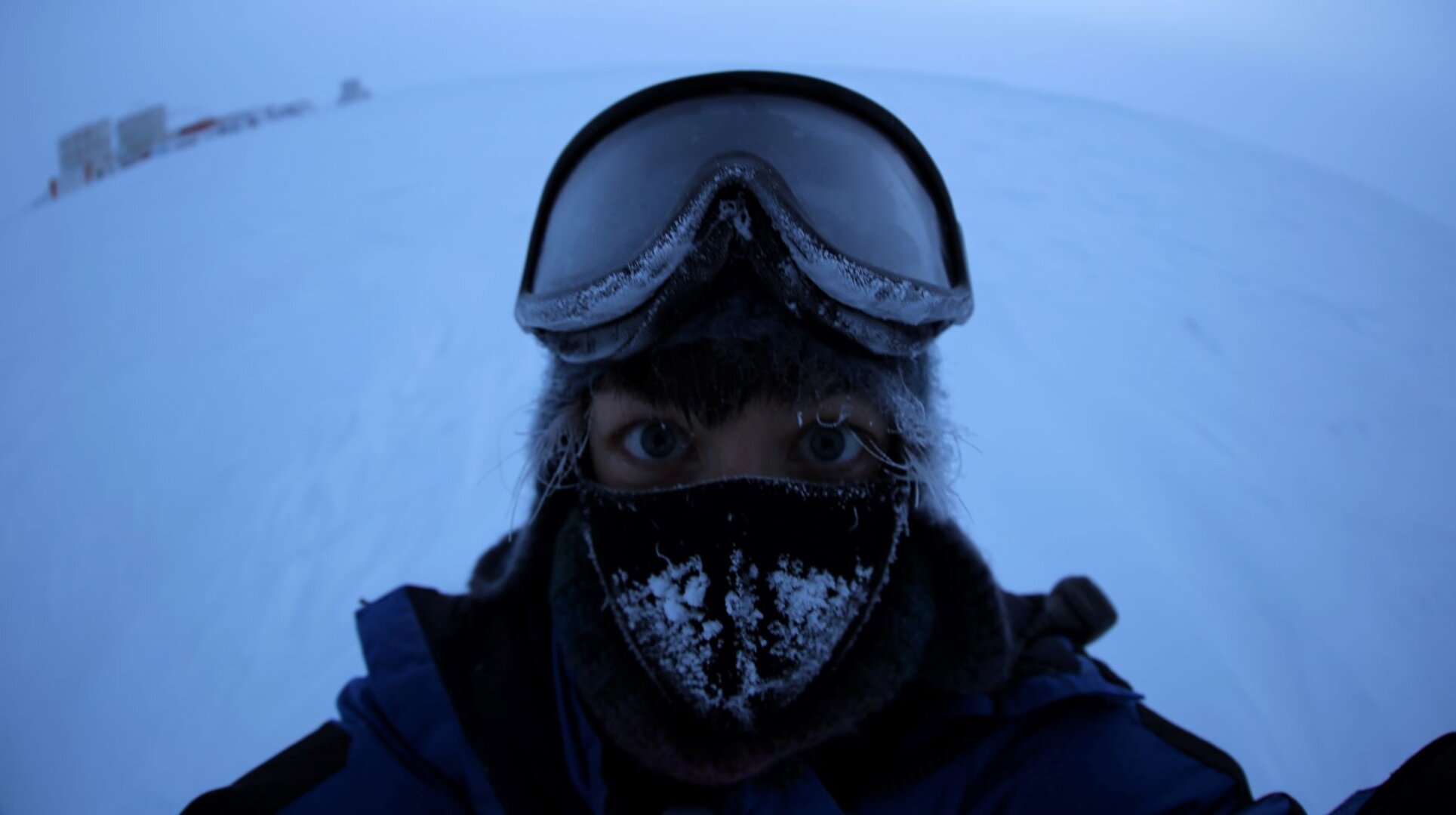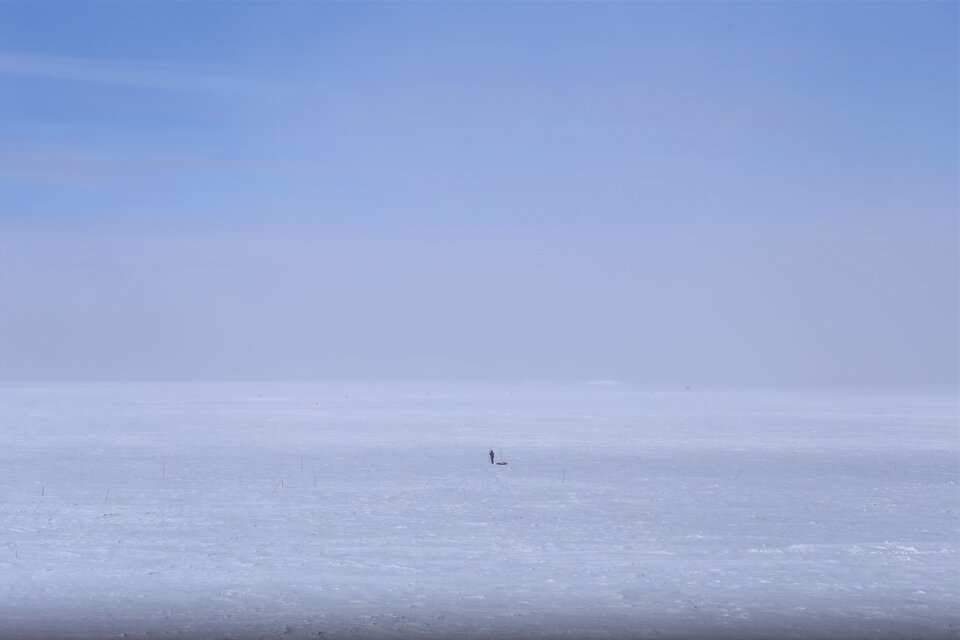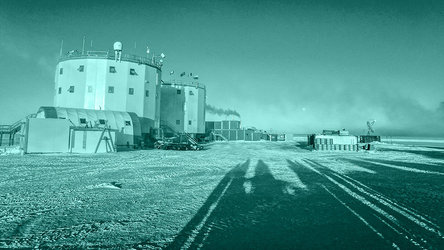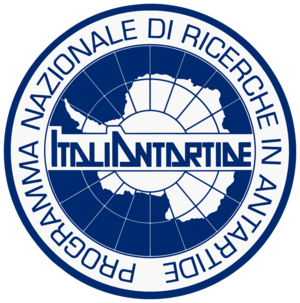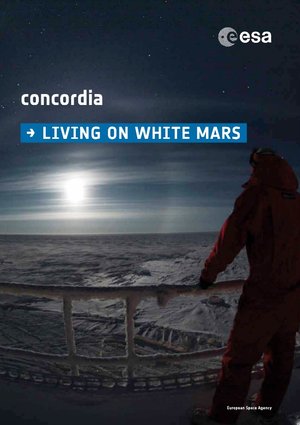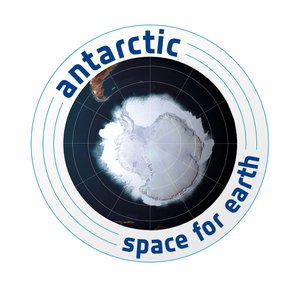Craving for cold isolation – research doctor rotation in Antarctica
Did you know the largest desert in the world is also the coldest place in the world? In the heart of Antarctica, where temperatures can drop to –80°C, life is so hard there is no life to be found as even bacteria cannot survive.
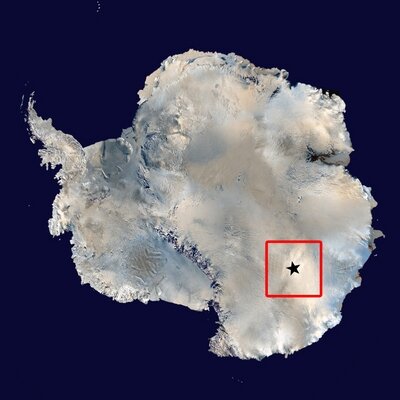
Travel 1300 km from the coast and you will pass very little except white plains as far as the eye can see, until the remote outpost of the Italian-French research base Concordia. Over 600 km from the nearest living beings (the Russian station Vostok), the French and Italian polar institutes house up to 15 people in Concordia to study glaciology, astronomy and the climate in this unique location far from civilisation.
The location is so remote and alien that ESA sends a research medical doctor each year to study the crew, as what they experience is similar to a crew on a lunar base including lower oxygen levels, no sunlight for extended periods, no possibility of rescue, confinement and going outside requires preparation.
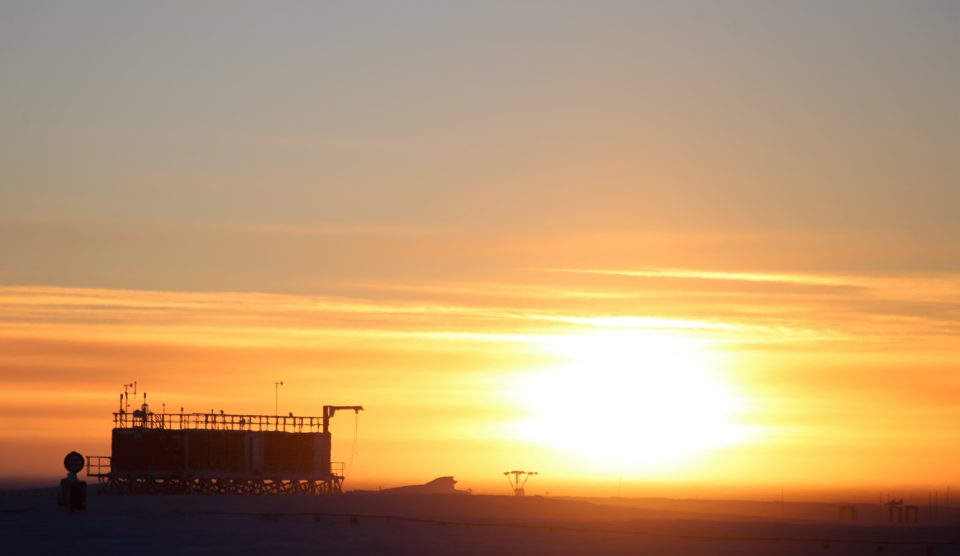
ESA’s current medical doctor, Nadja Albertsen from Denmark, has survived her stay in the cold and welcomed the return of sunlight. The crew are preparing for the arrival of fresh supplies and the “Summer scientists” that flock to Antarctica in the warmer months.
Meanwhile, Nadja’s replacement, Stijn Thoolen, from the Netherlands is preparing to embark on his year-long Antarctic adventure. He visited sites in France, Germany and Italy to learn about the experiments he will run, and is preparing psychologically for the time in extreme isolation.
Ice-cold research
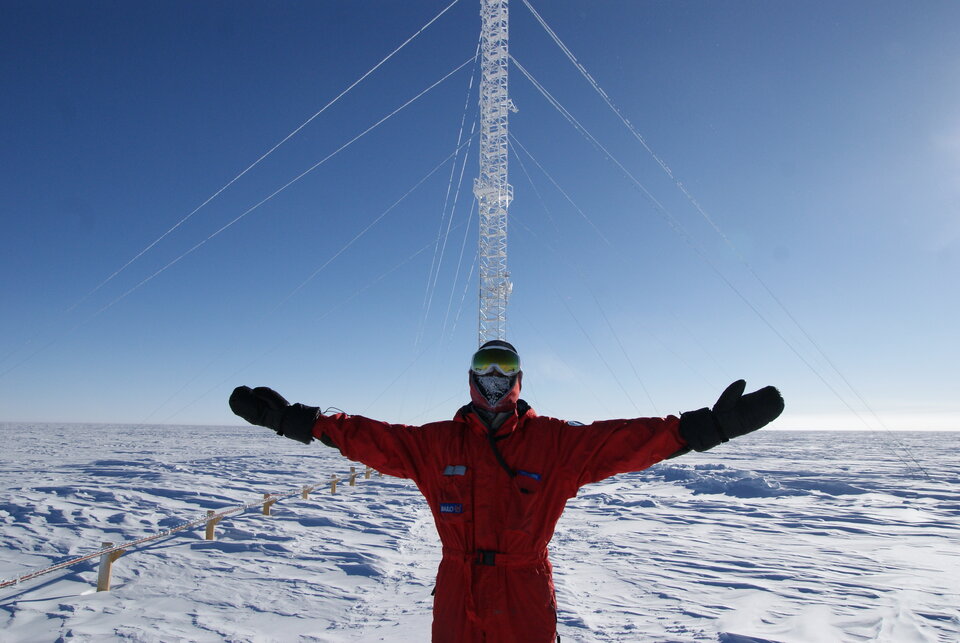
“Together with the French and Italian institutes we do our best to prepare the crew for the extremes they will encounter during the stay in Concordia,” explains Jennifer Ngo-Anh, ESA’s head of human research at Human and Robotic Exploration, “but in reality, what they will experience is so alien it is almost impossible to be fully prepared – although for us that is the point, we want to study how the crew adapts to the experience, both physically and mentally.”
Stijn will continue the research Nadja has been running for scientists in Europe, much like how astronauts conduct experiments on the International Space Station. These include experiments that will look at how the immune system copes with bacteria when living in such confined spaces, seeing if the amount of red blood cells and plasma changes over time, whether mindfulness can help alleviate stress and even a study into sexual well-being.
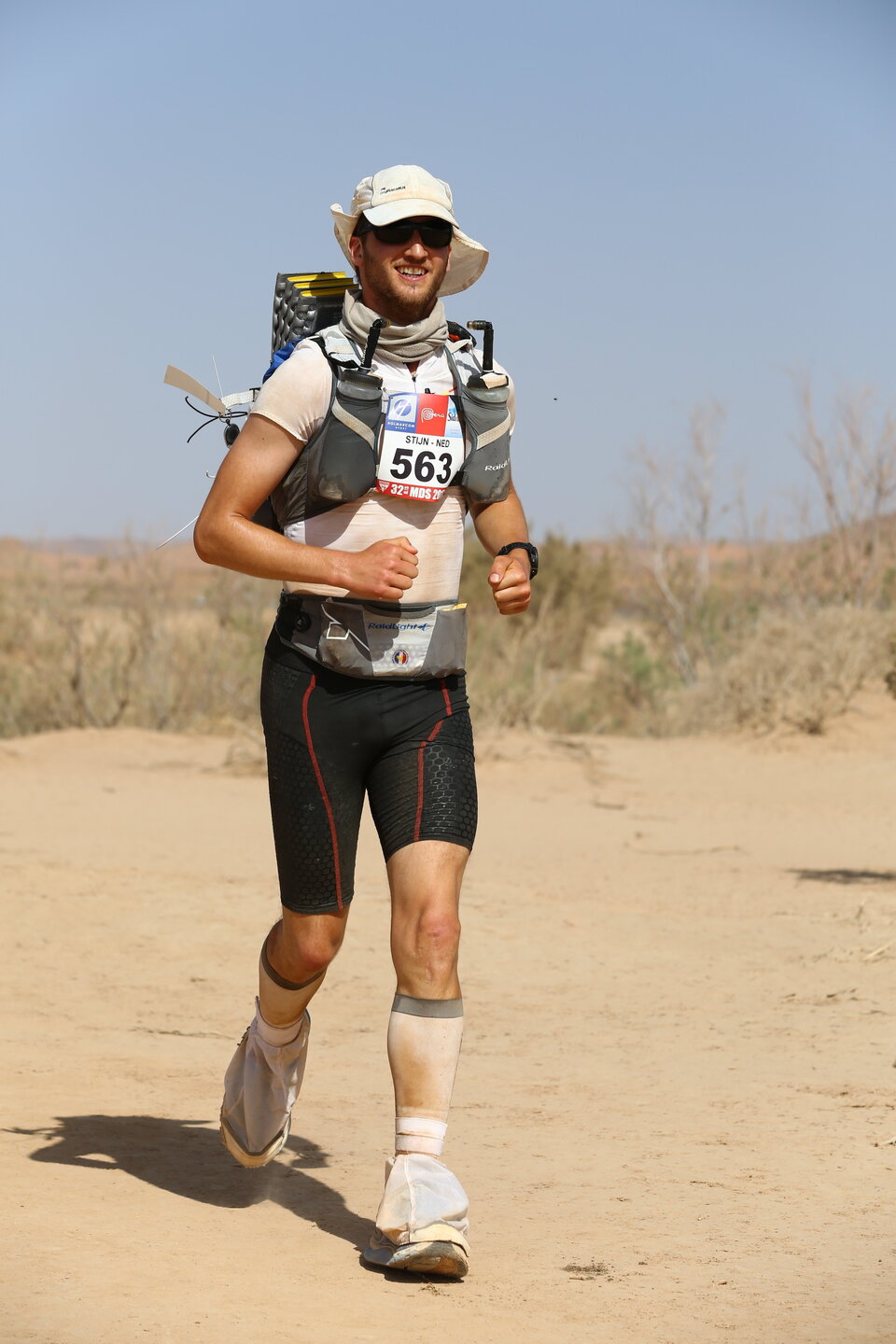
Although there is nothing quite like living in Concordia, Stijn comes well prepared having mountaineering experience and even completing an ultra-marathon in the world’s second-largest desert, showing endurance in the hottest place in the world.
With nervous anticipation Stijn says “In an era where life leaves Earth for the first time in its history, and our perspective on the world and ourselves is challenged, it is an honour to be part of the effort to explore farther.”
Follow Nadja and Stijn on the Chronicles from Concordia blog. ESA is looking for applicants for Researchers can keep an eye out on opportunities to propose experiments for Concordia or any other of ESA’s research facilities via this page.
ESA is now looking for next year’s medical doctor to start training and take over the baton from Stijn for the winter 2021. If you are from an ESA Member State, have medical degree and are looking for an adventure you will never forget, apply for the position here.















 Germany
Germany
 Austria
Austria
 Belgium
Belgium
 Denmark
Denmark
 Spain
Spain
 Estonia
Estonia
 Finland
Finland
 France
France
 Greece
Greece
 Hungary
Hungary
 Ireland
Ireland
 Italy
Italy
 Luxembourg
Luxembourg
 Norway
Norway
 The Netherlands
The Netherlands
 Poland
Poland
 Portugal
Portugal
 Czechia
Czechia
 Romania
Romania
 United Kingdom
United Kingdom
 Slovenia
Slovenia
 Sweden
Sweden
 Switzerland
Switzerland


























